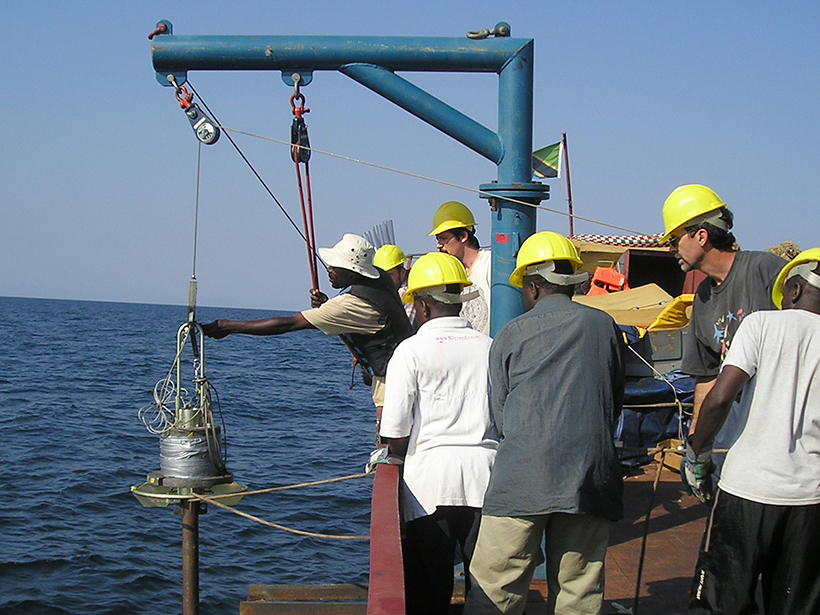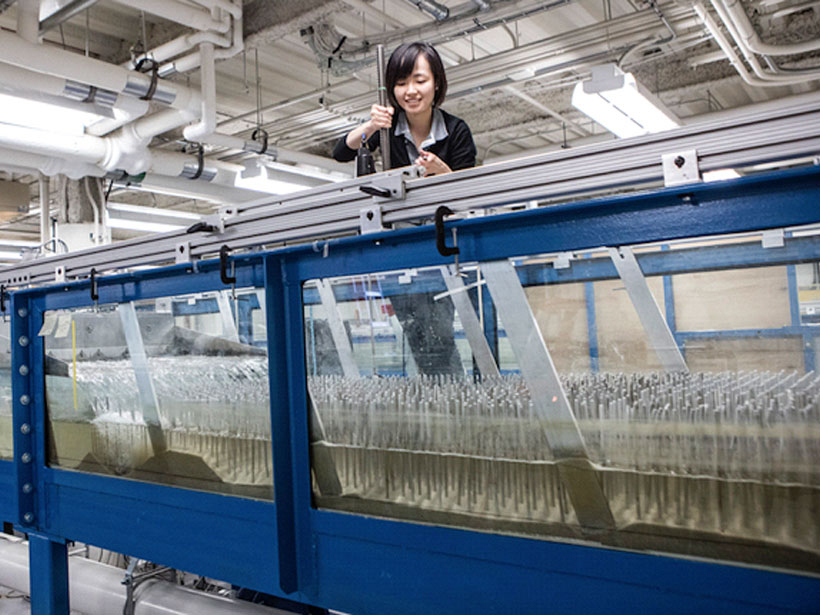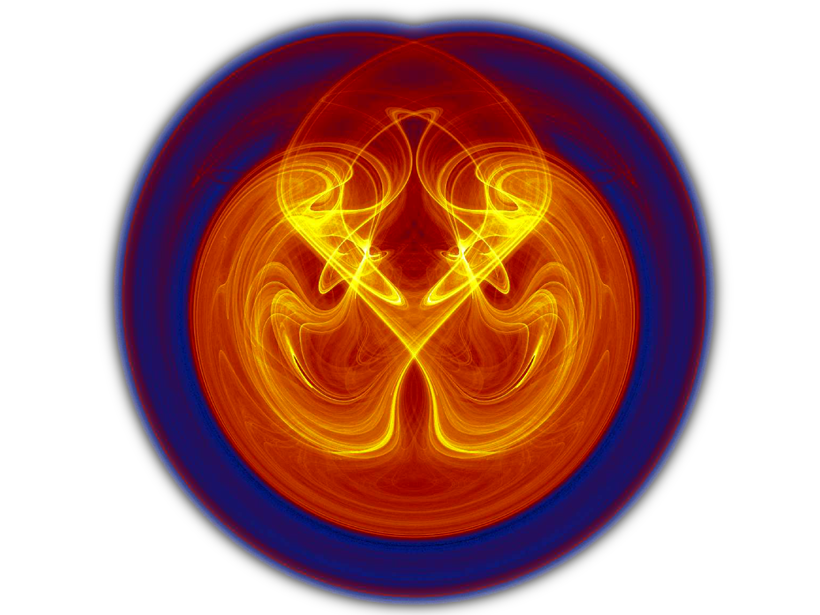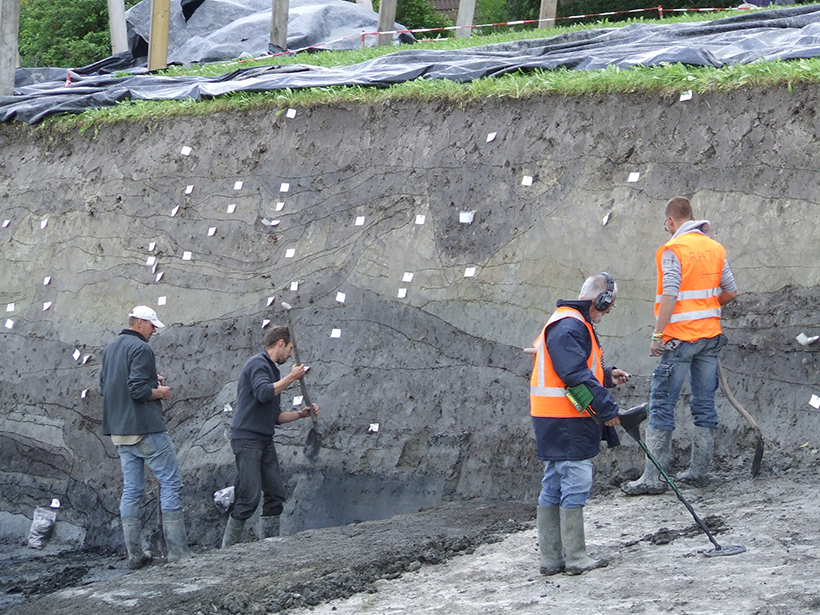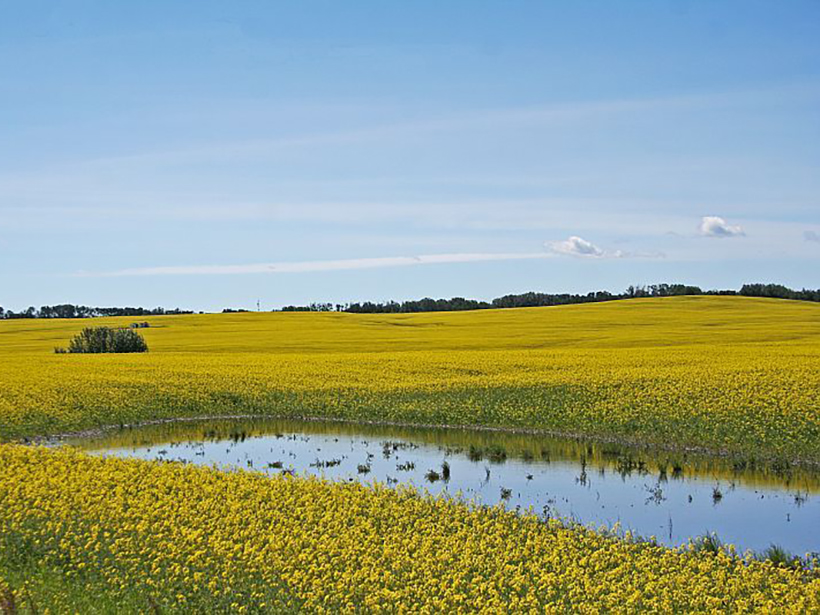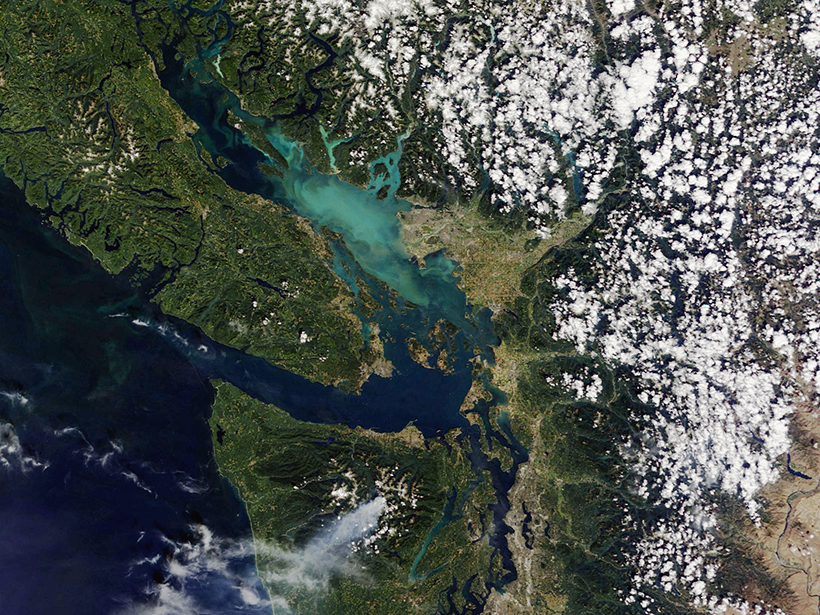A new model will help climate models better interpret paleoclimate reconstructions derived from lake sediment and could improve predictions of future climatic conditions.
CC BY-NC-ND 2019
On the Prospect of Ancient Metallic Volcanism on Asteroids
There is a possibility of ancient volcanism on metallic asteroids, a new type of volcanism that is not yet observed, though the Psyche mission to the asteroid Psyche may change that soon.
New Study Shifts Paradigm of Coastal Sediment Modeling
A new model improves predictions for sediment movement in vegetated shoreline zones and reveals a universal predictor that could change the understanding of coastal landscape evolution.
Celebrating a Century of Nonlinearity Across the Geosciences
Nonlinear concepts have evolved and become increasingly applicable to a wide range of geoscience inquiries, thus setting the stage for exciting new advances during AGU’s next 100 years.
Green and Grand: John Wesley Powell and the West That Wasn’t
One hundred fifty years ago, the explorer and scientist argued that the West needed smart development. Now the fast-growing region is playing catch-up.
No Underground Magma Ocean on Jupiter’s Fiery Moon?
A new study suggests alternative explanations for Io’s unusual magnetic field.
Historic Solutions to Sea Level Rise May Help Modern Communities
Earthen mounds helped ancient Dutch settlers thrive in coastal flood zones. Could historical engineering help us fight against rising seas?
Low-angle Normal Fault in Papua New Guinea is Rolling Along
Geologic and geomorphic observations of an active low-angle normal fault reveal a rolling-hinge mechanism accommodating the exhumation of a metamorphic core complex in Papua New Guinea.
Farm Ponds Sequester Greenhouse Gases
Despite runoff from nitrogen-rich fertilizer, agricultural ponds act as powerful sinks for nitrous oxide.
Mud on the Move
Powerful submarine flows known as turbidity currents are starting to give up their secrets.

